The southern part of Shikoku Island is isolated from the rest of Japan framed in by the Pacific Ocean on one side and the high Shikoku Mountains on the other. This area was historically known as Tosa and now forms the prefecture of Kochi. The capital city, Kochi City, is home of one of the twelve remaining original castles in Japan.
At the Kōchi Castle base is a famous marketplace where visitors can enjoy sake and the local foods, such as unusual citrus and katsuo tataki, a grilled fish.
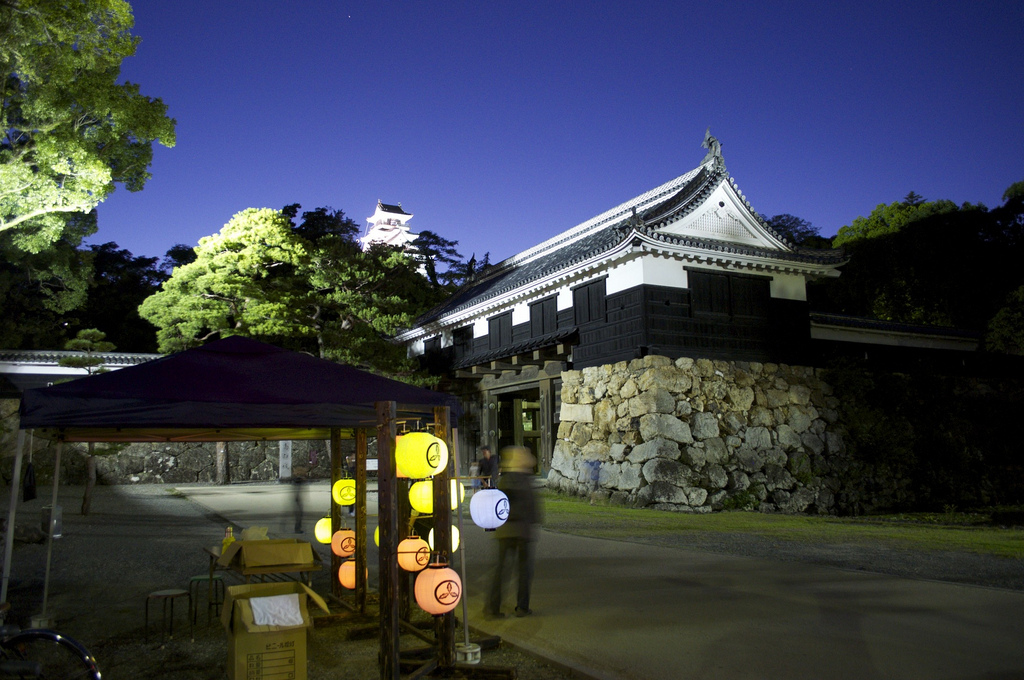
Kochi castle at night
Other popular attractions in Kochi Prefecture are the Anpanman Museum, Ryugado Cave, and whale watching along the coast. Katsura-hama is a scenic beach around 30 minutes from central Kochi by bus or car and has some lovely places to visit nearby. Regional products include washi, or rice paper.
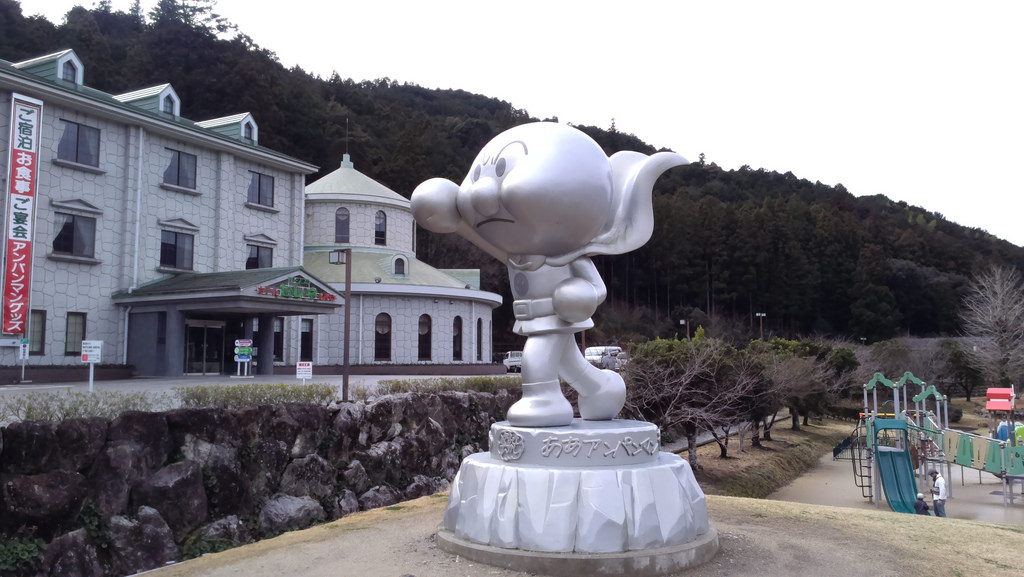
Anpanman Museum in Kochi (photo: Tzuhsun Hsu/flickr)
Tosa-ken are fierce fighting dogs bred in the prefecture, and the hardened animals remind many visitors of the residents of Kochi, which have historically been very independent and outward-looking. A unique style of dance called Yosakoi よさこい originated in the city of Kōchi in the 50’s as a modern version of Awa Odori, a traditional dance held in the summer.
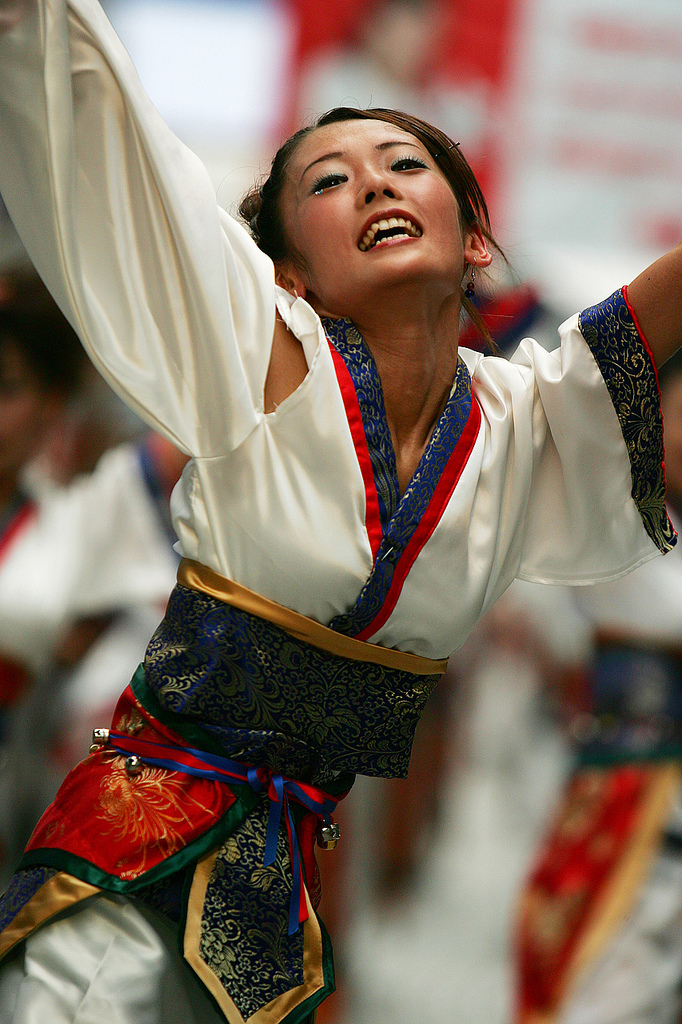
Yosakoi dance in Kochi Japan (photo: やまもも工房/flickr)
One of the most famous people from Kochi Prefecture is Sakamoto Ryoma, who was instrumental in bringing about the fall of the Tokugawa Shogunate at the end of the Edo Period. He pushed for reforms and was a striking blend of tradition and new ideas, favoring kimono for his clothing but pairing it with boots and a gun, the first person in Japan to use either. Ryoma’s image and name are used to advertise many things made in Kochi.
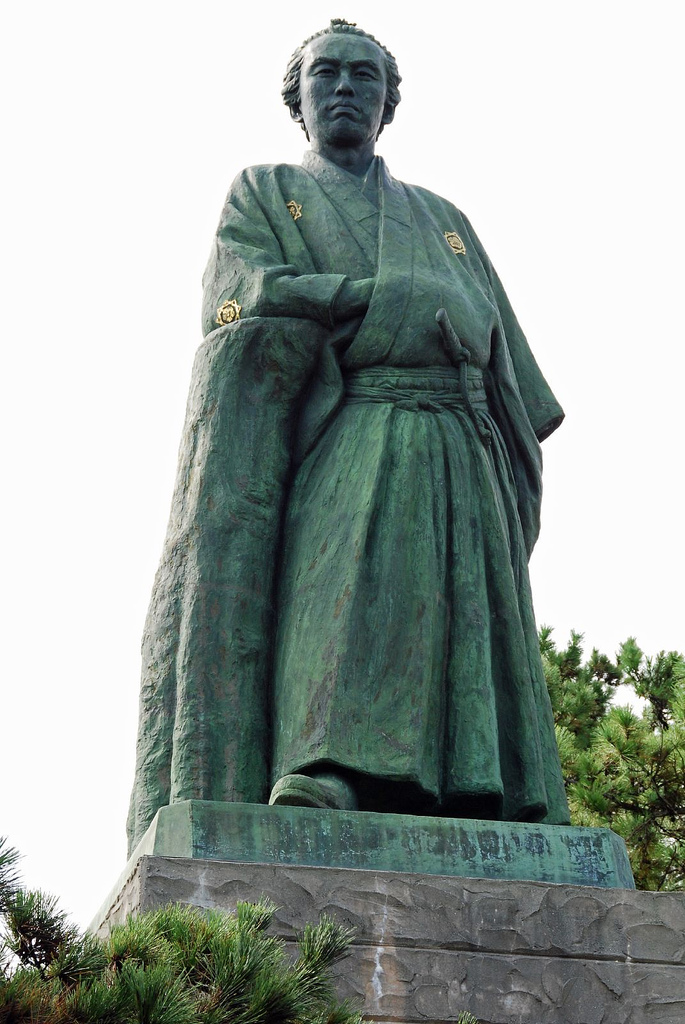
Sakamoto Ryoma 坂本龍馬 像 statue
The mountainous prefecture is the hardest stretch for pilgrims walking the Shikoku Junrei; temples 24 through 39 are spread out over wide distances. In many ways is an inhospitable area, but the wild abandon of festivals like the Yosakoi Festival show that the spirit of the people is strong.
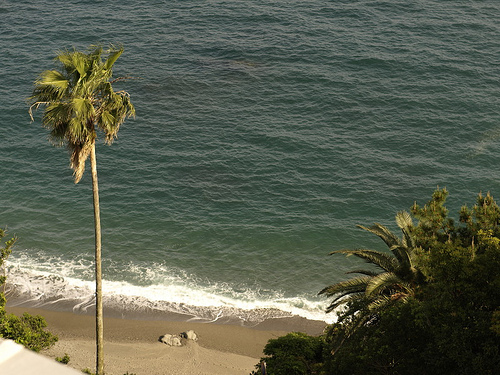
Katsurahama beach
Kochi can be reached by air or ferry. The easiest access for visitors from the main island, Honshu, is to take a highway bus, or alternately take the Marine Liner from Okayama to Kagawa and transfer to the JR Shikoku trains from there.
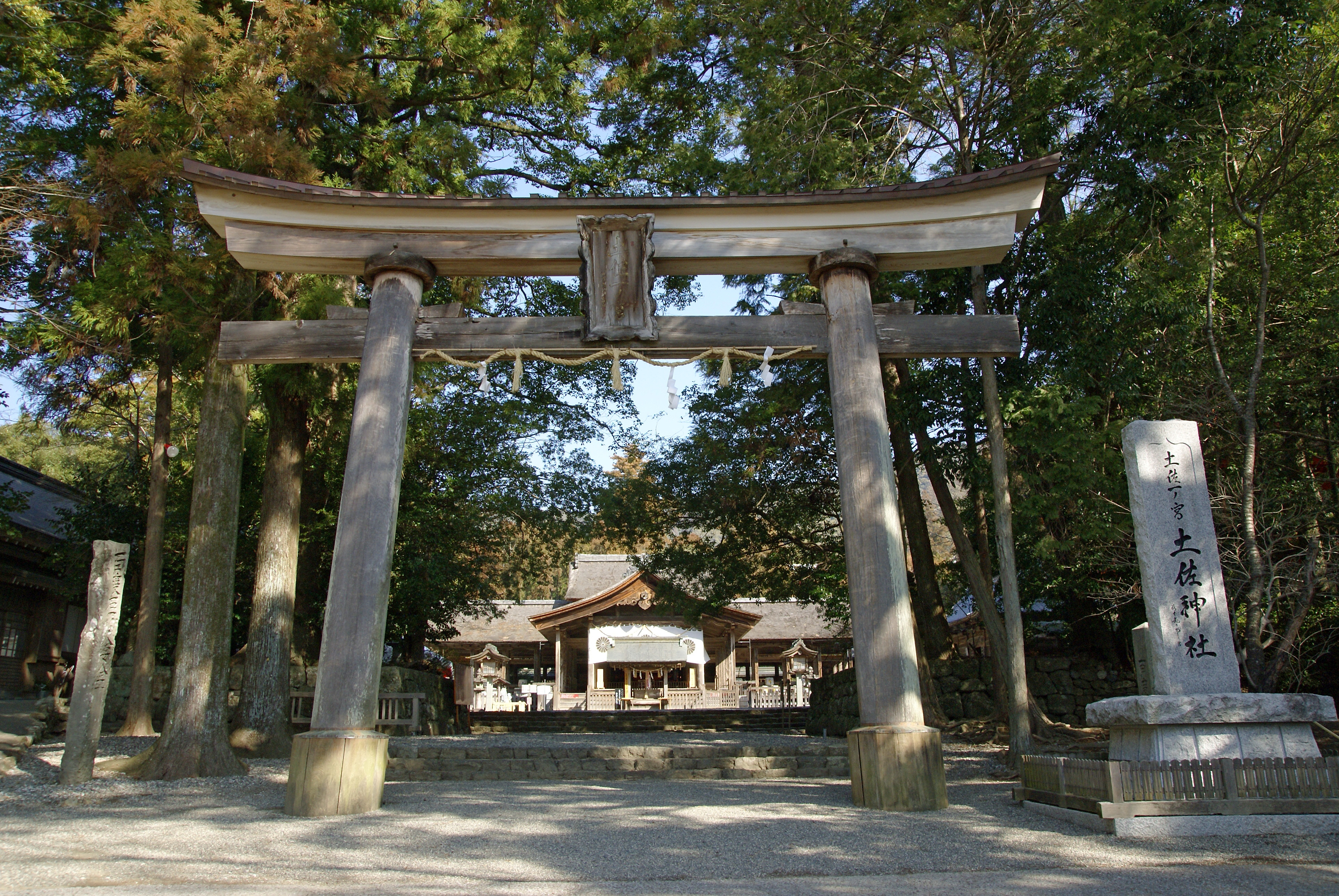
Tosa-jinja in Kochi, Kochi prefecture, Japan 日本語: 土佐神社, 高知県高知市 (Photo credit: Wikipedia)
For more information: http://www.pref.kochi.lg.jp/english/
